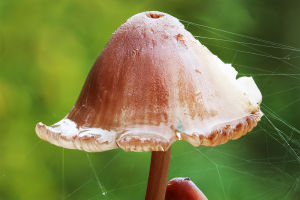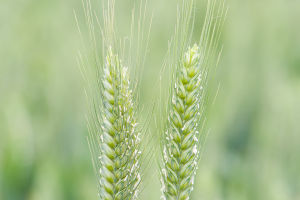Hyacinths, a genus of hyacinths in the lily family, are a common horticultural plant and an important ornamental. Hyacinths are native to the Mediterranean coast and Southwest Asia and are now widely grown worldwide.
Hyacinths have a variety of flower colors, including white, red, pink, purple, and other colors, and the flowers are richly fragrant, emitting a crisp floral scent.
The leaves of hyacinths are linear or strap-shaped and dark green, and the leaves and flowers echo each other, giving the whole plant an ornamental appearance.
Hyacinths also have some medicinal value. According to traditional medicine, hyacinths are rich in nutrients and bioactive substances and can be used to treat headaches, insomnia, and neurasthenia.
However, it should be noted that some of the plant tissues of hyacinths (such as leaves, flowers, and rhizomes) contain toxins and should not be consumed, especially for children and pets.
Hyacinths are easy to cultivate as an ornamental plant and are suitable for growing indoors or outdoors. To grow hyacinths indoors, the following points should be noted.
1. Choose the right pot: Hyacinths have a well-developed root system, so you need to choose a larger pot so that the root system can grow fully.
At the same time, the bottom of the pot should have drainage holes to ensure that water is excluded.
2. Choose the right soil: hyacinths like fertile, loose, well-drained soil. You can choose general floral soil or a mixture of peat soil, leaf rot, and perlite as cultivation soil.
3. Growing hyacinths: Place hyacinth seed balls in pots, cover the seed balls lightly with cultivated soil, and water thoroughly.
During growth, keep the soil moist but do not over-water as this may cause root rot.
4. Maintain the appropriate temperature and humidity: hyacinths like a warm, moist environment, the appropriate temperature of 15-20 degrees Celsius, and the appropriate humidity of 50-60%.
You can use a humidifier or place a hygrometer around the pot to adjust the humidity in the room.
5. Provide sufficient light: hyacinths need sufficient direct sunlight, you can place the pot on the balcony or near the window to ensure at least 4 hours of light per day.
6. Fertilize: During the growth of hyacinths, liquid fertilizer can be applied once every 2 weeks to ensure sufficient nutrient supply to the plants.
7. Control pests and diseases: When growing hyacinths indoors, they are susceptible to pests, such as aphids and mites, which need to be detected and prevented by appropriate measures in time.
In short, growing hyacinth indoors requires attention to provide suitable temperature, humidity, light, and nutrient supply, as well as attention to the prevention and control of pests and diseases to ensure the healthy growth of the plant.


